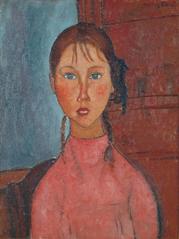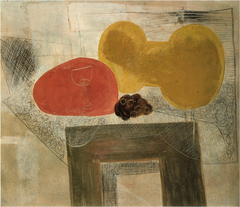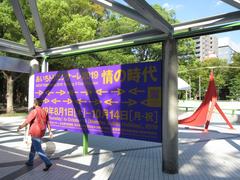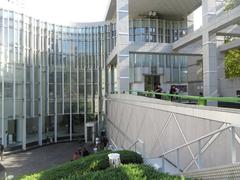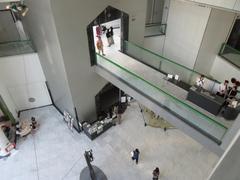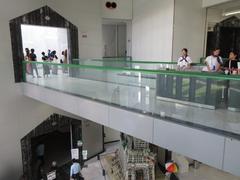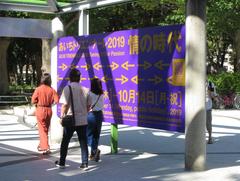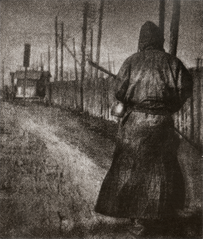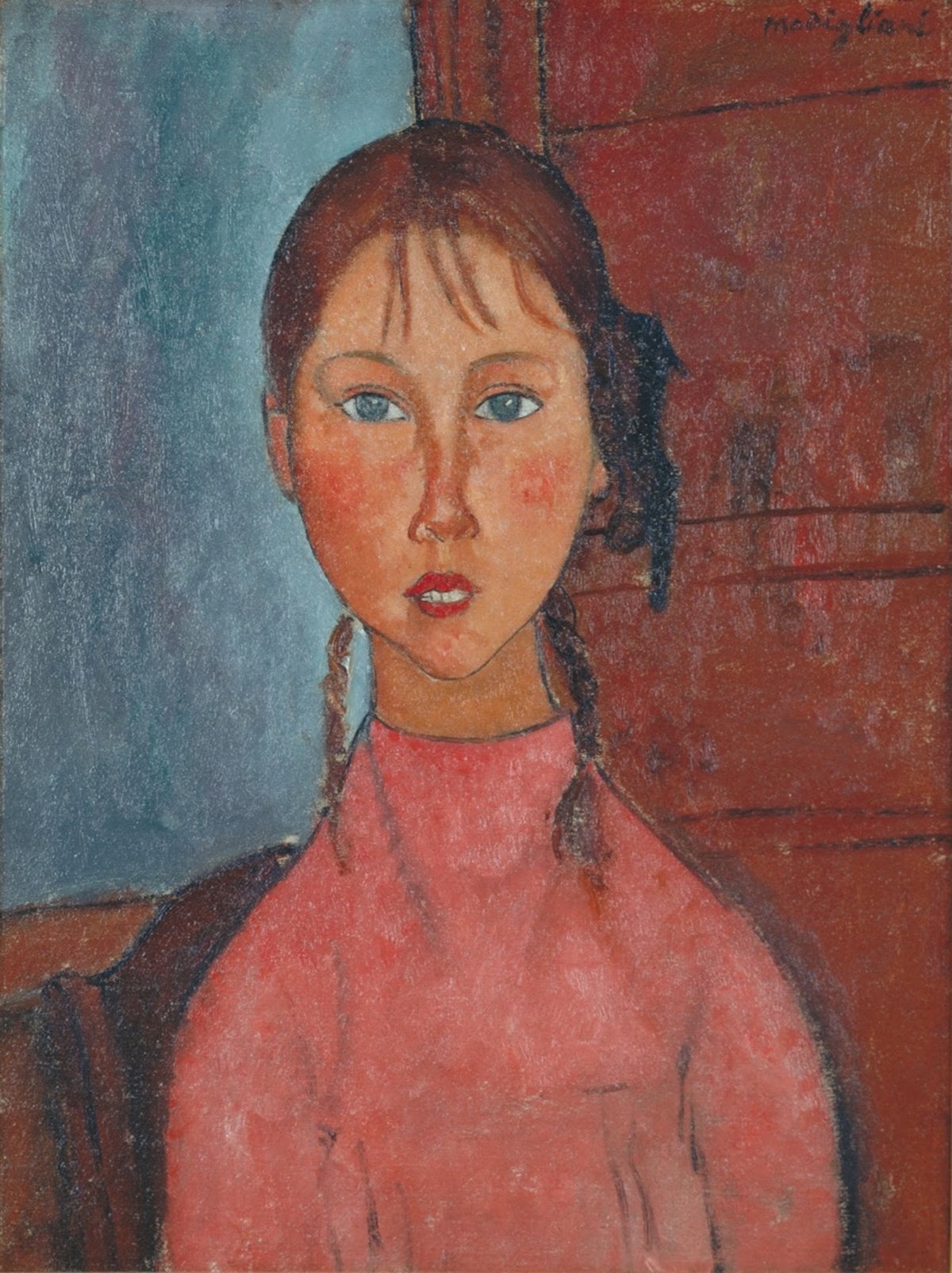
Nagoya City Art Museum Visiting Hours, Tickets, and Guide to Nagoya Historical Sites
Date: 14/06/2025
Introduction
The Nagoya City Art Museum (名古屋市美術館), located in Shirakawa Park in central Nagoya, is a premier cultural destination that seamlessly blends architectural brilliance with a diverse collection of modern and contemporary art. Since its opening in 1988, the museum has been a beacon for art enthusiasts, travelers, and locals, providing not only access to masterpieces from both Japan and abroad but also serving as a hub for cultural exchange and education. This comprehensive guide covers everything you need to know for your visit—including museum highlights, visiting hours, ticketing details, accessibility, and nearby Nagoya historical sites.
(Nagoya City Art Museum Official Site, Nagoya Info, Good Luck Trip)
Contents
- Introduction
- Museum Architecture and Origins
- Collection Strategy and Highlights
- Special and Temporary Exhibitions
- Visitor Information (Hours, Tickets, Access)
- Accessibility and Multilingual Support
- Visitor Facilities and Amenities
- Travel Tips and Nearby Attractions
- Educational and Community Engagement
- Frequently Asked Questions (FAQ)
- Conclusion and Visit Tips
- Sources
Museum Architecture and Origins
Designed by Kisho Kurokawa, a leading figure of the Metabolist movement, the Nagoya City Art Museum is as much a work of art as the collections it houses. The museum’s modernist design emphasizes clean lines, open spaces, and natural light, creating a harmonious environment that connects visitors with both art and nature in Shirakawa Park. Its location, adjacent to the Nagoya City Science Museum, reinforces its role as a cornerstone in Nagoya’s cultural district. Construction began in 1983 and culminated in the museum’s opening in 1988. (Wikipedia)
Collection Strategy and Highlights
Founding Principles
The museum’s collection strategy is rooted in three principles:
- Illuminating local art history and its influence on Nagoya’s artists.
- Enriching the collection with both depth and diversity.
- Promoting internationalization and cross-cultural dialogue.
(Google Arts & Culture)
Permanent Collection
The museum’s collection comprises approximately 8,500 works, with notable strengths in three areas:
École de Paris
Features works by early 20th-century international artists active in Paris, including Amedeo Modigliani’s “Girl with Pigtails” and Takanori Ogisu’s evocative Parisian cityscapes. These pieces bridge Japanese and European traditions, reflecting the cosmopolitan spirit of the period.
(Good Luck Trip)
Mexican Renaissance
Houses one of Japan’s most comprehensive collections of Mexican Renaissance art, highlighting works created during and after the Mexican Revolution. This rare collection fosters cross-cultural understanding through vibrant, politically charged art.
(Good Luck Trip)
Contemporary Japanese and International Art
Includes works by celebrated Japanese artists such as Tamiji Kitagawa, Setsuko Migishi, Shusaku Arakawa, and On Kawara, as well as international figures like Isamu Noguchi and Antony Gormley. Installations and sculptures, including Alexander Calder’s “Fafnir-Dragon II,” are displayed throughout the museum.
(Nagoya Info)
Rotating Exhibitions
The permanent collection rotates three times a year, ensuring that repeat visitors always encounter something new. Each rotation is thematically curated to reflect seasonal or cultural trends.
(Good Luck Trip)
Special and Temporary Exhibitions
The museum is renowned for its innovative special exhibitions and collaborations with international institutions. Notable recent and upcoming exhibitions include:
- Tokyo Fuji Art Museum Collection: 400 Years of Western Painting (April 12 – June 8, 2025)
- The Great Capcom Exhibition – Game Creation that Fascinates the World (July 5 – September 7, 2025)
- Jean-Michel Folon: Imaginary Travel Guide (recently concluded)
- Mingei: Beauty in Everyday Life (Japanese folk craft movement)
- 130th Anniversary: Minji Kitagawa – From Mexico to Japan (commemorative exhibition)
(Nagoya City Art Museum Exhibitions)
Thematic displays are curated around special anniversaries, art movements, and cultural intersections, offering fresh perspectives on both Japanese and global art.
Visitor Information
Visiting Hours
- Tuesday–Sunday: 10:00 AM – 5:00 PM (last admission 4:30 PM)
- Closed: Mondays (or next day if Monday is a national holiday) and New Year’s holidays
- Note: Special exhibition hours may vary—check the official website for updates.
Tickets and Admission
- General Admission: 300–500 yen (varies by exhibition)
- Students/Seniors: Discounts available
- Children under 15/18: Free (depending on exhibition)
- Special Exhibitions: Additional fees (500–1000 yen)
- Purchase: Onsite or online at the official website
Access and Transportation
- Location: 2 Chome−17−25 Sakae, Naka Ward, Nagoya (Shirakawa Park)
- Subway: 10-minute walk from Fushimi Station (Higashiyama and Tsurumai Lines) or Shirakawabashi Station (Tsurumai Line, Exit 4)
- Bus/Taxi: Readily available from Nagoya Station
(Nagoya City Art Museum Official Site, Museum Access Information)
Accessibility and Multilingual Support
- Wheelchair Accessible: Elevators, ramps, accessible restrooms
- Services: Staff assistance, strollers welcome
- Multilingual Support: Bilingual signage (Japanese/English), audio guides, printed materials in multiple languages upon request
- Visual Aids: Braille guides and assistive listening devices available
Visitor Facilities and Amenities
- Gallery Spaces: Spacious, well-lit, with seating areas
- Museum Shop: Art books, souvenirs, exhibition-related goods
- Café: Light refreshments; menu varies
- Wi-Fi: Free in public areas
- Photography: Allowed in designated areas; flash and tripods prohibited in galleries
Travel Tips and Nearby Attractions
-
Best Time to Visit: Weekday mornings for fewer crowds, especially in June (pleasant weather)
-
Nearby Attractions:
- Nagoya City Science Museum (planetarium, interactive exhibits)
- Toyota Commemorative Museum of Industry and Technology
- Tokugawa Art Museum (samurai artifacts, Edo treasures)
- Furukawa Art Museum (Japanese and East Asian art)
- Nagoya Castle and Osu Shopping District
(Nagoya Info Events)
-
Tip: Combine your museum visit with a stroll in Shirakawa Park and nearby cultural sites for a full day of exploration.
Educational and Community Engagement
The museum is deeply engaged with the community through educational programs, workshops, and collaborative events. Programs include gallery talks, hands-on workshops for children and families, and guided tours—many of which are aligned with local school curricula and open to the public.
(The Gate 12, Nagoya Is Not Boring)
Frequently Asked Questions (FAQ)
Q: What are the Nagoya City Art Museum’s visiting hours?
A: Tuesday–Sunday, 10:00 AM–5:00 PM (last admission 4:30 PM). Closed Mondays and holidays.
Q: How much are tickets?
A: General admission 300–500 yen; discounts for students/seniors; children under 15/18 free; special exhibitions may require additional fees.
Q: Is the museum accessible?
A: Yes, fully wheelchair accessible with amenities for visitors with disabilities.
Q: Can I buy tickets online?
A: Yes, via the official website.
Q: Are guided tours available?
A: Yes, during special exhibitions, in Japanese and English—check the schedule online.
Q: What nearby sites can I visit?
A: Nagoya City Science Museum, Nagoya Castle, Osu Shopping District, among others.
Conclusion and Visit Tips
The Nagoya City Art Museum is a must-visit destination for anyone interested in exploring the intersection of Japanese tradition and international art. Its thoughtfully curated collections, engaging exhibitions, and commitment to education and accessibility make it a standout in Nagoya’s vibrant cultural landscape. For the optimal experience, check visiting hours and ticket information in advance, consider purchasing tickets online, and plan to pair your museum visit with a walk in Shirakawa Park or nearby historical sites.
Stay connected for the latest updates by following the museum’s social media, and download the Audiala app for exclusive guides and cultural news.
